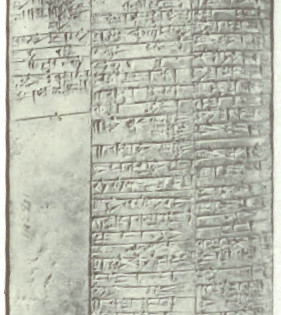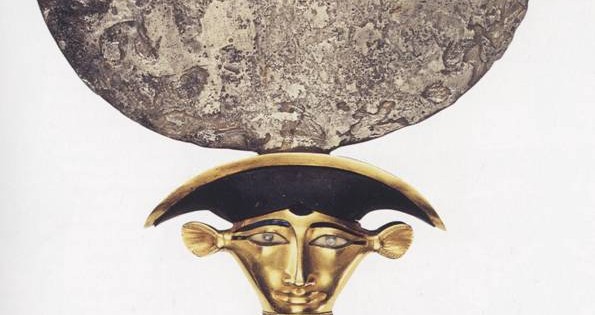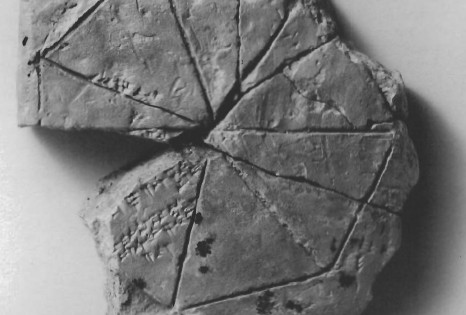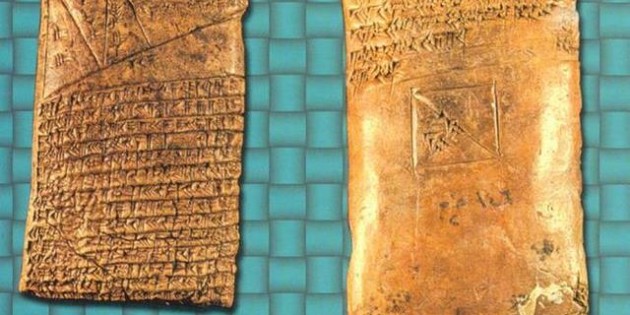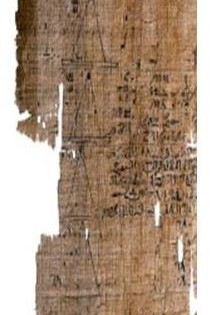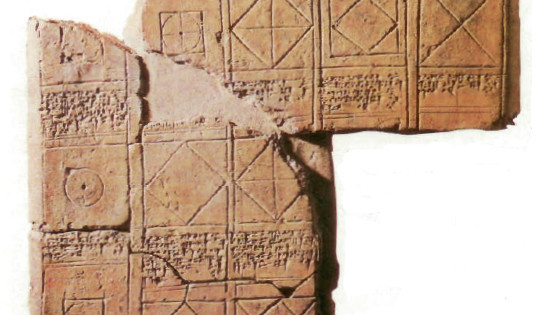Home » Bible and Beyond » What Abraham Jacob and Joseph Might Have Known
What Abraham Jacob and Joseph Might Have Known
Silver Calf Location of the discovery of the silver calf. This silver calf was discovered at Ashkelon by Larry Stager in 1990, in the debris of the Middle Bronze II c. 1600–1550 BCE rampart. This religious icon, associated with the worship of El or Baal in Canaan, was discovered in a shrine-shaped pottery vessel […]
No geometrical form is more closely connected in our consiousness with Egypt than the pyramid. Its simplicity, the square plan and four inclined faces meeting at the summit, is immensely pleasing when reproduced on a huge scale. But the form was arrived at through a combination of practical considerations and religious ideas rather than through […]
From Nippur, currently in the University of Pennsylvania Museum. It reads- 1. white pear tree, the root of the moon plant, pulverize, dissolve in beer, let the man drink. 2. the seed of the carpenter plant, gum resin of markazi, thyme, pulverize, dissolve in beer, let the man drink.
The oldest known map dates to the Akkad period. Only about two and one-half inches on a side, the tablet is either a road map or a record of landholding. The circle in the lower left of the tablet might represent the city of Ebla. The map was inscribed on this clay tablet sometime between […]
This mirror was discovered by Flinders Petrie and Guy Bunton in 1914 at pyramid complex of Sesostris II. It was found with other cosmetic vessels and jewelry in the shaft tomb of Princess Sithathoriunet at el-Lahun.
Tablet illustrating a method for calculating the areas of regular polygons. Harper, Prudence O., et al. The Royal City of Susa- Ancient Near Eastern Treasures in the Louvre. New York- Metropolitan Museum of Art, 1992. See also- Mathematical Tablet from Ebla, c.2350-2250 BCE Mathematical Tablet, c. 1790 BCE The Rhind Mathematical Papyrus, 1575 BCE Mathematical […]
Left- Algebraic-geometrical tablet involving triangles described by a perpendicular drawn from the right angle to the hypotenuse (similar to Euclid’s theory), from Tell Harmal, datable to the early 2nd millennium BCE. Right- Clay tablet deciphered as an algebraic-geometrical problem involving a rectangle whose diagonal and area are given and it is required to find its […]
Cuneiform tablet dated to the 19th century BC, found among the large archive recovered from Tell Harmal. It is a school exercise in surveying based on a rightangled ‘Pythagorean’ triangle. It depends for its solution on the Euclidean principle that ‘In a right-angled triangle, if a perpendicular is drawn from the right angle to the […]
The most famous mathematical work form dynastic Egypt is the Rhind mathematical papyrus, copied by the scribe Ahmes or Ahmose from a papyrus of 1849-1801 B.C.E. It was bought by A. H. Rhind at Luxor in 1858 and is now in the British Museum. In its geometry we can see some understanding of the properties […]
Two fragments of a 3,800-year-old clay tablet show a collection of geometry exercises and questions in Akkadian script that would have confronted young Babylonian scholars. Here students are asked to calculate the areas of various subdivisions of squares, useful knowledge in a society where farmlands were often laid out in long rectangular strips of different […]



